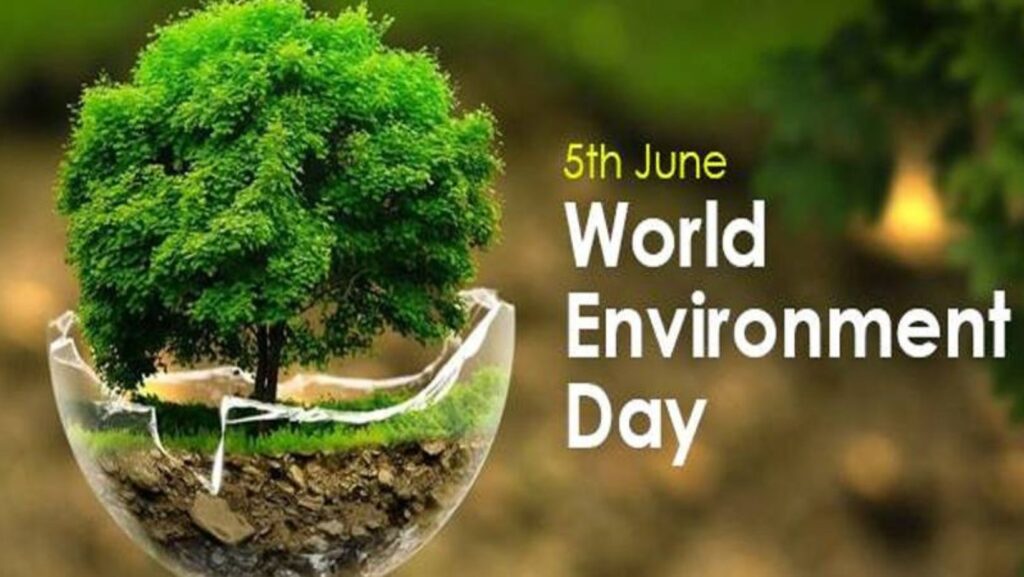Environmental Science and Pollution Research
As an expert in environmental science and pollution research, I dive into the complexities of our planet’s ecosystems and the impact of human activities on them. Exploring the intricate relationship between environmental factors and pollution helps me understand the urgent need for sustainable solutions to preserve our environment for future generations.
In my research, I uncover the latest developments in environmental science and pollution research that shed light on how pollutants affect air, water, soil, and living organisms. By analyzing data from various studies, I aim to provide insights into the most pressing environmental challenges we face today. From industrial emissions to plastic pollution in oceans, every aspect requires a comprehensive understanding to devise effective strategies for mitigation.
With a focus on evidence-based practices and innovative technologies, I navigate through the vast realm of environmental science to unravel the complexities of pollution research. By staying informed about emerging trends and breakthroughs in this field, I strive to contribute meaningful perspectives that can guide policymakers, industries, and individuals towards a more sustainable coexistence with nature.

Importance of Environmental Science
Environmental science plays a CRUCIAL role in understanding the complexities of our planet and how human activities impact its delicate ecosystems. It provides us environmental science and pollution research with the KNOWLEDGE needed to develop sustainable solutions for pressing environmental issues such as pollution, deforestation, and climate change.
Key Points
- Ecosystem Health: Environmental science helps us assess the health of ecosystems by studying factors like air quality, water purity, and biodiversity. By monitoring these indicators, researchers can identify areas at risk and implement measures to protect them.
- Resource Management: Through environmental science, we gain insights into how to responsibly manage natural resources like forests, water bodies, and minerals. This knowledge is ESSENTIAL for ensuring these resources are utilized efficiently without depleting them for future generations.
Statistics
Here are some eye-opening statistics that highlight the significance of environmental science:
| Statistic | Value |
| Annual carbon dioxide emissions globally | 36 billion tons |
| Percentage of plastic waste recycled worldwide | 9% |
| Loss of global forest cover each year | 7 million hectares |
By understanding these numbers and trends through environmental research, policymakers can make informed decisions to address these challenges effectively.
Case Study
For instance, a recent study conducted by environmental scientists on the impact of plastic pollution in oceans revealed that over 8 million tons of plastic enter marine environments annually. This finding spurred global initiatives to reduce single-use plastics and promote recycling programs worldwide.
In summary, ENVIRONMENTAL SCIENCE serves as a beacon of hope in safeguarding our planet for current and future generations. Its interdisciplinary approach fosters collaboration across various fields to tackle environmental issues comprehensively. By embracing the principles of environmental science, we can strive towards a more sustainable and harmonious coexistence with nature.

Types of Pollution
When delving into the realm of environmental science and pollution research, understanding the various types of pollution is crucial. Pollution comes in different forms, each with its own set of impacts on ecosystems and human health.
Air Pollution
Air pollution is one of the most prevalent forms of environmental degradation worldwide. It encompasses pollutants such as particulate matter, sulfur dioxide, nitrogen oxides, and volatile organic compounds. These contaminants are released from sources like vehicles, industrial facilities, and wildfires. The effects of air pollution range from respiratory illnesses in humans to acid rain that damages forests and aquatic life.
Water Pollution
Water pollution occurs when harmful substances enter bodies of water such as rivers, lakes, and oceans. Industrial discharge, agricultural runoff containing pesticides and fertilizers, as well as plastic waste contribute to water contamination. This pollution not only harms aquatic organisms but also poses risks to human health through contaminated drinking water sources.
Soil Pollution
Soil pollution refers to the presence of toxic chemicals or materials in the soil that adversely affect plant growth, wildlife habitats, and overall ecosystem health. Pesticides, heavy metals from industrial activities, and improper disposal of waste are common causes of soil contamination. Contaminated soil can lead to reduced crop yields, bioaccumulation of toxins in food chains, and long-term environmental damage.

